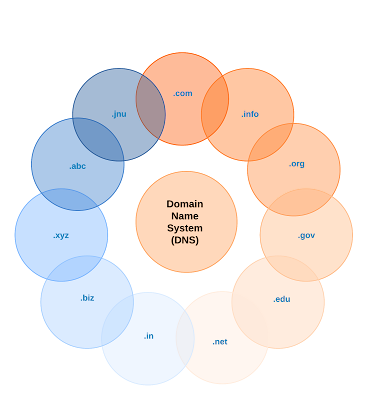SQL vs NoSQL
In the world of databases, there are two main types of solutions: SQL and NoSQL - or relational databases and non-relational databases. Both of them differ in the way they were built, the kind of information they store, and how they store it. Relational databases are structured and have predefined schemas, like phone books that store phone numbers and addresses. Non-relational databases are unstructured, distributed and have a dynamic schema, like file folders that hold everything from a person’s address and phone number to their Facebook ‘likes’ and online shopping preferences. SQL Relational databases store data in rows and columns. Each row contains all the information about one entity, and columns are all the separate data points. Some of the most popular relational databases are MySQL, Oracle, MS SQL Server, SQLite, Postgres, and MariaDB. NoSQL Following are the most common types of NoSQL: Key-Value Stores: Data is stored in an array of key-value pairs. The ‘key’ is a

